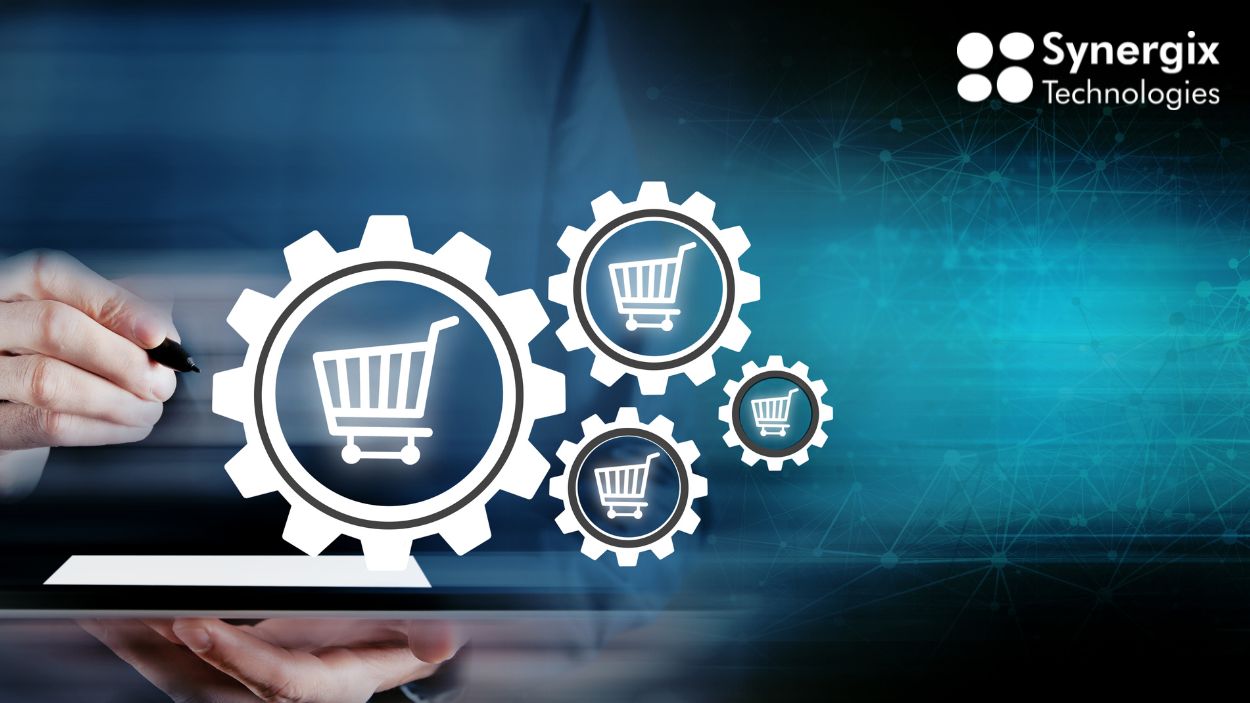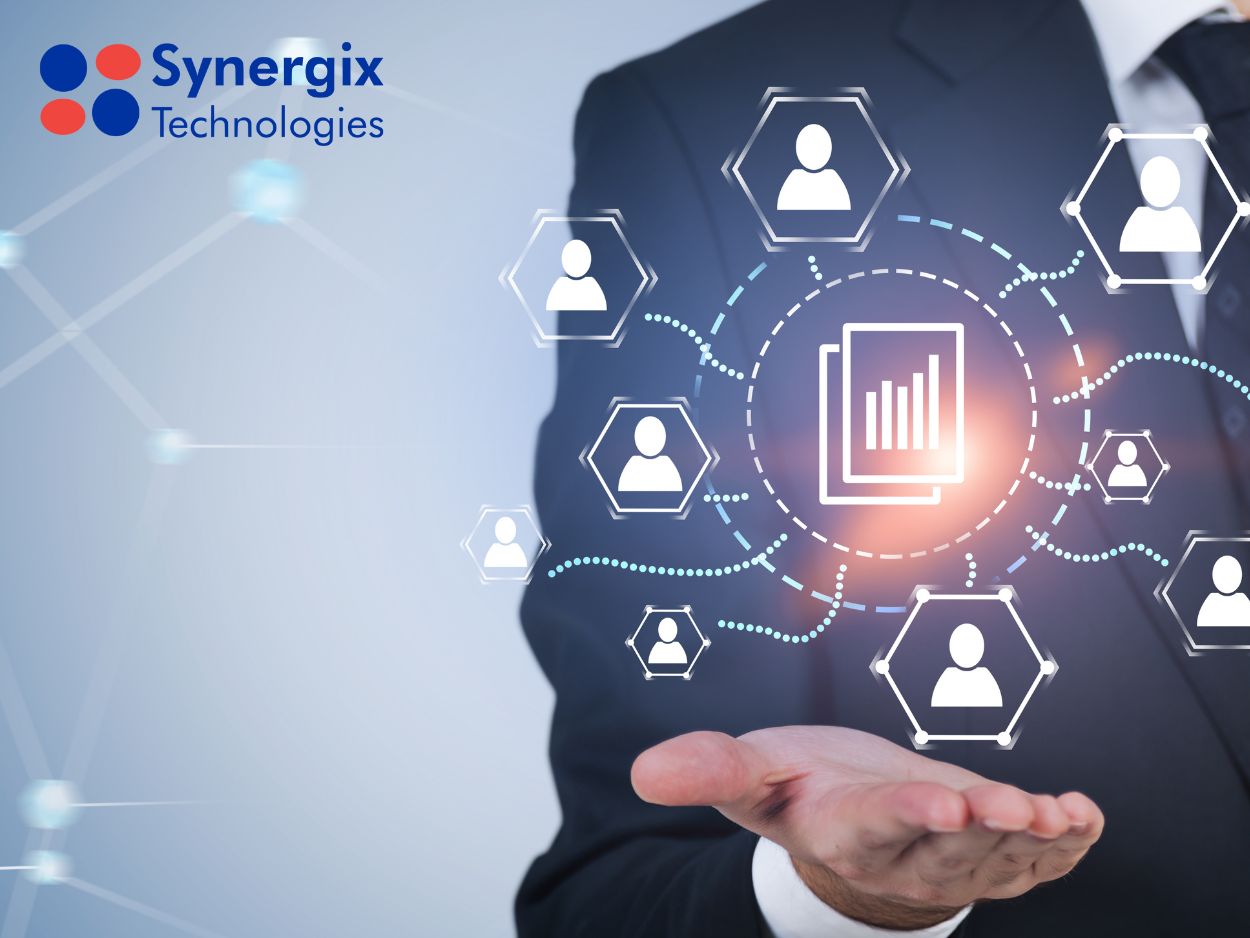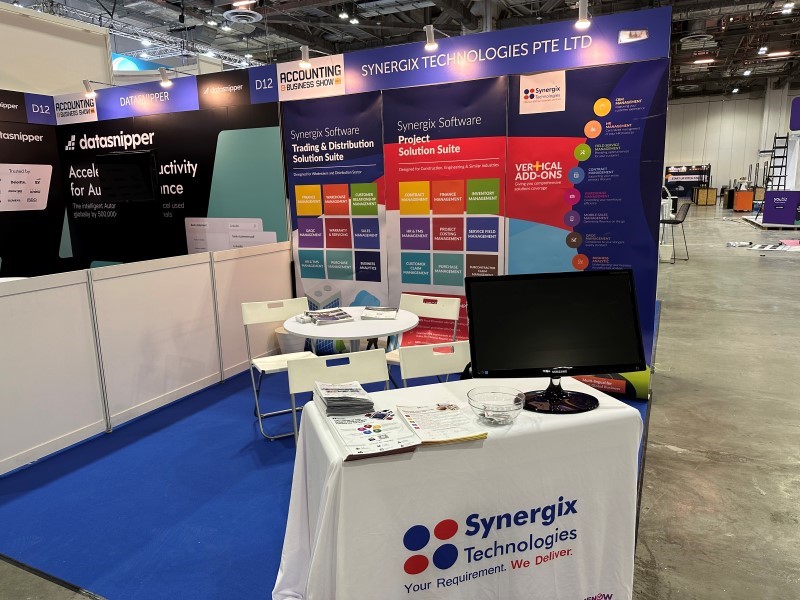 07 Aug 2025
07 Aug 2025

Significant procurement is becoming increasingly challenging for small and medium enterprises (SMEs). A 2022 Hackett Group Purchase-to-Pay Performance study found that 61% of organisations experienced inefficiencies in their operations due to manual processes, indicating the needs for advanced purchase order management solutions.
ERP purchase order systems are rising as the definitive solution to these challenges. Unlike standalone purchase order software, integrated ERP procurement processes provide comprehensive automation, real-time visibility, and many more advantages that grows with your business.
Table of Contents
Key Features of a Standard Purchase Order Software (Checklist for SMEs)
Before proceeding further into how the ERP systems change the procurement, we need to understand the common characteristics in most purchase order software (PO Software). The tools are devised to ease the process of purchasing and manual work particularly to the SMEs. This is what the users will expect in terms of features: These tools are designed to simplify the purchasing process and reduce manual work, especially for SMEs. Here are the key features users should expect:
- Purchase Order Creation: Most PO software enable the user to create a purchase order based on templates created. It also makes order entry quicker as well as eliminating error compared to manual methods.
- Vendor Management: With the vendor information, users can save and file information about suppliers: contact details, payment terms and order history.
- Approval Workflows: Setting up purchase approval flows to ensure business within is accountable prior to the order being finalised and transmitted.
- Order Tracking: PO software usually helps in updating the status of the purchase order every step that a purchase order goes through i.e. order creation and approval, delivery and invoicing hence offering enhanced visibility of the purchase order progress to the teams.
- Reporting and Audit Logs: The convenient reporting capabilities and logs within most systems give a business the ability to see old orders, track vendor performance and the overall spend.
Disadvantages of Classic Purchase Order Software
Data Fragmentation and System Isolation
Traditional purchase order software creates significant operational challenges that directly impact business efficiency.
Key issues include:
- Data Fragmentation: Information stored across multiple disconnected systems leads to errors and delays. Teams waste time reconciling conflicting data from different sources, increasing the risk of costly mistakes.
- Limited Inventory Visibility: Lack of real-time inventory information means that companies cannot make good purchasing decisions.
- Manual Data Entry: The employees are engaged in the process of entering the same data into multiple systems all the time. Not only it wastes resources but also provides several possibilities of human error to occur in this repetitive work.
- Weak Integration: Standalone systems are bad communicators with other business applications. This forms information silos that do not allow departments to work collaboratively as well as in making decisions that are data driven.
Why Growing SMEs Can Not Scale?
The standalone purchase order management systems lack the opportunity to assist in business scalability:
- Per-User Licensing Costs: This may soon be very unfavourable when your team increases to a level that would require limiting your operations because of high costs.
- Incomplete Audit Trails: Basic systems do not have extensive tracking and hence no bottlenecks or accountability can be identified.
- Limited Reporting: Without proper reporting, companies find it hard to keep in the industry and cannot make strategic decisions.
Why ERP Purchase Order Is The Future
Unified Data Management
Synergix ERP systems create a system that synchronises inventory, purchasing, and accounting data in real-time. This centralised approach provides complete visibility across the full purchase-to-pay cycle and all data no longer need to be entered manually between systems.
According to APQC research, manual purchase order processing can cost organisations as much as $506.52 per purchase order. ERP systems significantly reduce these costs through automated workflows and integrated data management.
Advanced Purchase Order Automation
ERP systems provide the ability to make procurement more effective for businesses:
- Smart Purchase Requisitions: It issues orders automatically due to the level in inventory and future forecasts of demand.
- Role-Based Approval Workflows: The predefined escalation rules make sure that convenient authorisation cannot be postponed.
- Three-Way Matching Automation – Automatically match purchase orders, receipts, and invoices for improved accuracy
- Supplier Performance Analytics – Support vendor selection and management choices that are data-driven
ERP purchase order from Synergix offers:
- Role based access to the flexible user management
- Multi-entity supports for multiple companies or locations
- Workflows which can be customised and fit specific needs in an industry
- Cloud-first infrastructure that scales automatically with growth
The Financial Impact of ERP on Purchase Order Software
Direct Cost Savings
Automation reduces costs of processing by a large percentage and the error occurs much less often. Improved negotiation power with spend visibility is normally associated with significant reductions in procurement cost of a business. To sum up, companies benefit from:
- Reduced manual processing costs
- Decreased purchase order errors and disputes
- Enhanced negotiation power through aggregated spend visibility
- Improved cash flow management for early payment discounts
On average, companies realise the return on investment for an ERP system in 2.5 years.
Other Indirect Benefits
Beyond direct cost savings, ERP procurement processes deliver significant operational improvements.
Additional benefits include:
- Automated audit trails and regulatory reporting
- Enhanced supplier relationships through improved communication
- Predictive analytics for procurement optimisation
- Business intelligence capabilities for informed decision-making
Conclusion
The ERP purchase order systems provide SMEs with a definite route towards operational effectiveness. ERP features and functionalities such as integration capabilities, automation of processes, and scalable designs get rid of the fundamental limitations of traditional purchase order software. ERP solutions offer broad functionality that includes all the way through unified data management, smart workflow capabilities, and much more that growing businesses demand.
Contact our ERP specialists to schedule your personalised consultation and discover how integrated purchase order management can drive your business forward.









